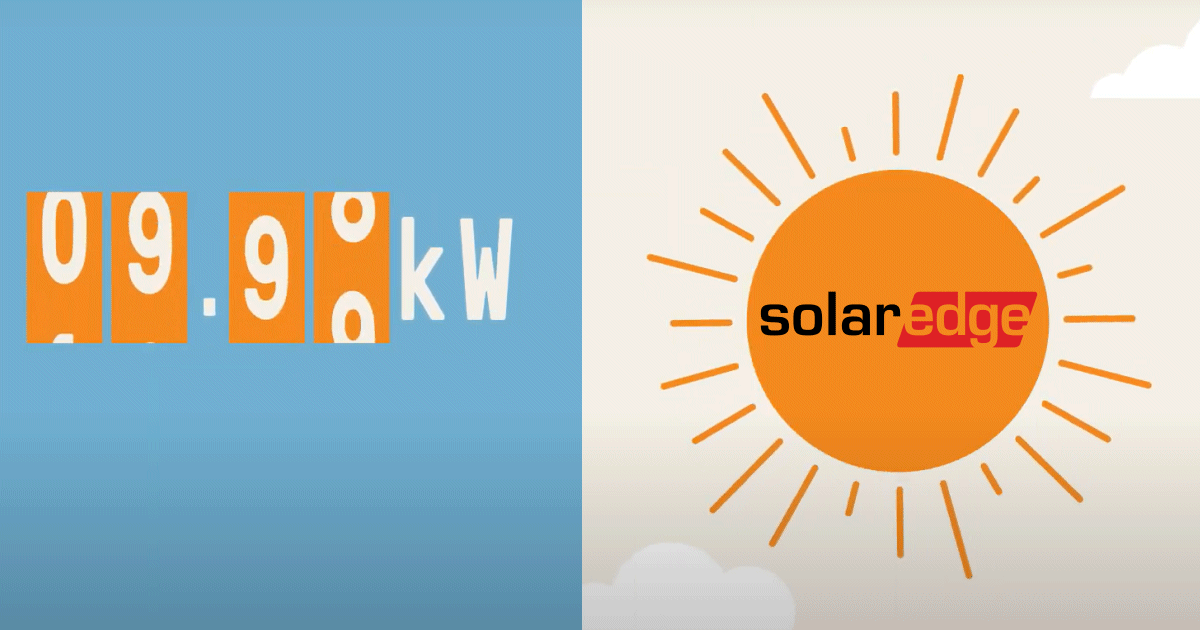
Inverter, optimiser and battery storage manufacturer SolarEdge has claimed a first in relation to an upcoming requirement in South Australia for flexible solar exports support.
Inverters capable of dynamic/flexible solar exports can adapt to network conditions, based on instructions from a network operator. SA Power Networks (SAPN) has been tinkering with flexible exports for quite a while.
SAPN currently has a maximum limit on solar exports of 5kW per phase. But SA’s power system is able to support exports much higher than the static limit for much of the time. However, with the continued rapid uptake of home solar power in South Australia, the static 5kW limit will likely will need to be reduced at some point to take into account those times when it can’t.
While there are some rather blunt tools for solar already in place to help ensure ongoing network stability, flexible exports are a more elegant solution to remote disconnect and lower static export limits.
As part of South Australia’s “Smarter Homes Program”, starting in July this year all new solar power system installations must have the capability of allowing SAPN to remotely update grid export limits. The original deadline for this requirement was December 1 last year, but that was scrapped as most inverter manufacturers weren’t ready. After July 1 2023, all new systems that are compatible will be able to enroll in SA Power Networks’ Flexible Exports connection option as it becomes available.
Flexible exports compatibility can be achieved in a few ways, such as through native support (inbuilt communication capability) or additional hardware in the form of a SwitchDin Droplet.
SAPN’s flexible exports compatibility page only shows selected inverter models from Fimer, Fronius, Growatt and SMA are compatible at this point, and all of those require a SwitchDin Droplet. But several of these companies, and quite a few others, are also working on native support.
SolarEdge Claims First Across Native Support Line
SolarEdge announced yesterday its products have met the new dynamic exports requirements and that it is the first vendor to offer native support “without the complexity and additional costs of adding third-party controllers”.
“Australia is an early adopter of renewable energy technologies, with challenging and complex grid requirements,” said SolarEdge CEO Zvi Lando. ” We are proud to be part of this milestone pioneered by SA Power Networks and we are excited to help network operators solving congestion issues to further increase solar adoption.”
While the SAPN list doesn’t yet include SolarEdge as being compatible, this document from the Clean Energy Council dated 18 January shows a bunch of SolarEdge products considered to have a communication channel that is IEEE 2030.5 CSIP-AUS compliant. And SolarEdge is the only company on there.
There’s plenty of motivation for more inverter manufacturers to get on board with flexible exports compatibility. In SAPN’s trial in significantly overloaded parts of the electricity network in selected areas of Adelaide’s southern suburbs, households were offered a choice between a fixed export limit of 1.5kW per phase or a flexible export option of 1.5kW to 10kW per phase. Analysis showed the flexible export limits would typically be 10kW for 98% of the time.

 RSS - Posts
RSS - Posts



SAPN leading the way again, for integration of more solar and other renewables. With smart control methods.
Great to see one state is getting it right. Other states please take note.
This is huge Michael, As you know i have long been concerned with SAPN’s flexible solar exports. My concerns related to companies like Huawei being able to ‘crash’ or overload exports remotely.
It’s great to see the first inverter that can natively meet SAPN’s requirements being from a trustworthy company like Solar Edge